How a vacation trip changed the life of Salesforce founder Mark Benioff
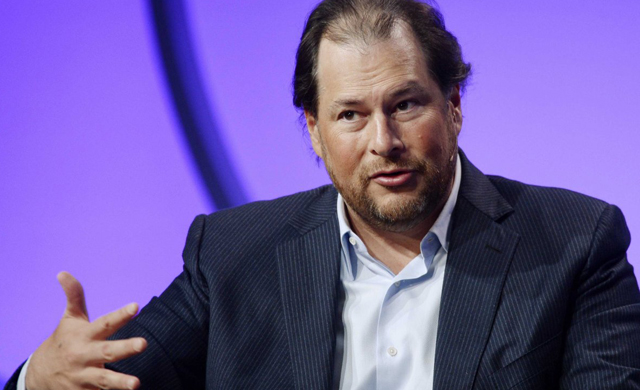
Mark Benioff is a famous Californian entrepreneur, a successful businessman, a billionaire, the founder of one of the largest cloud providers and developers of CRM-systems Salesforce.com . Since August 2012 - Member of the Board of Directors of Cisco .
As it turned out, the creation of special customer relationship management systems (CRM) is a profitable business. Mr. Benioff himself “appointed” $ 31.3 million, his subordinates on average receive $ 151,512. In other words, $ 207 of remuneration to the general director falls to $ 1 of a programmer's salary.
')
Benioff owns a 5% stake in Salesforce, with a company valuation of $ 56.06 billion. His fortune is estimated at $ 4.2 billion.
May 22, 2015 it became known about the negotiations of Microsoft and Salesforce on its purchase, but the parties did not agree on a price. Microsoft offered about $ 55 billion for the largest cloud software manufacturer after Oracle. Marc Benioff raised the price to $ 70 billion.
Oracle , IBM and SAP are also showing interest in Salesforce.However, apparently, he expects that buyers will not offer more. Benioff, after all, does not intend to sell the company: he later said that he wants to make crucial decisions in the company, and now Salesforce is going through the most interesting period in the entire history of its existence.
Come from childhood
Marc Benioff was born on September 25, 1964 in San Francisco.
Mark began to get involved in computers in his youth. From the age of 14, he spent hours on the windows of computers in the RadioShack store. After all, he did not have his own home computer at that time. However, this did not prevent Mark at school to write a few games for the Atari system, which sold out pretty well and allowed him not only to get a new Toyota, but also to pay part of his college tuition.
At the University of Southern California, Benioff proved no less vivid. After graduation, Mark was awarded a bachelor's degree in science and the arts, as well as an honorary MBA degree.
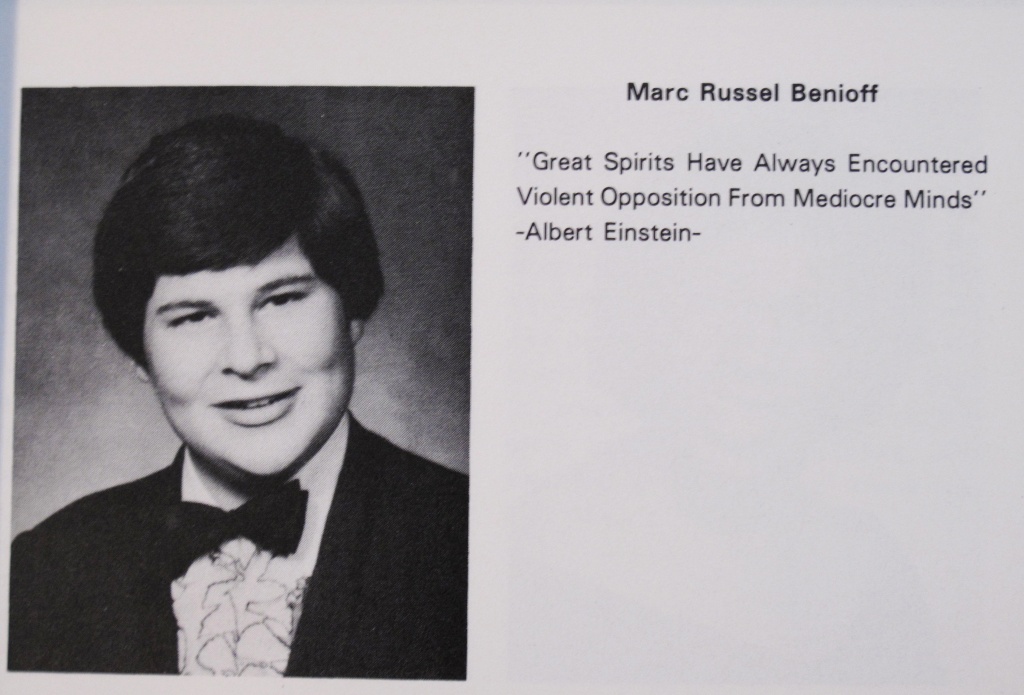
Career
In his student years, Benioff changed sets of jobs — he worked in the areas of trade, marketing, and other areas.
But the very next day after receiving his diploma, he was hired by Oracle, where at first he only received calls from clients. Mark quickly became one of the best sales managers, and by the age of 23 he earned the title of “Novice of the Year”. By the age of 26, he had reached the post of vice president. Oracle noted that he was the youngest vice-president in the company.
In the role of Vice President, Benioff was responsible for many things - from product development to marketing and sales, but he was known for his “big ideas” and the ability to launch new products.
Once he organized the launch of a very specific software designed for a narrow circle of clients. Preparing for the presentation of the novelty was conducted in conditions of high secrecy. Short messages to the press and partners contained only vague hints of the mysterious “Project X”, and before the press conference, all the participants in the event were asked to sign nondisclosure papers and put on special bracelets-omissions.
As a result, the public took the gates of the exhibition center in San Francisco, where the product premiered, almost by storm. Elevators and escalators barely coped with the crowds who wanted to get to the presentation, and the intrigued audience greeted Benioff with an ovation.
However, the product itself hardly deserved such a rapid start of sales.
The former president of Oracle, Ray Lane, was confident that Mark’s good ideas were “compensated” by the low incomes that his projects brought, as well as the lack of proper respect for the company's policies and corporate culture.
Evil tongues asserted that Benioff was spending more on merchandising, like T-shirts and baseball caps, than he could have been selling products that he was in charge of selling. Ultimately, Larry Ellison formed a separate department for his pet, where he could carry out any crazy projects.
Salesforce: the beginning
In 1998, taking a vacation, Mark went on a six-month tour of India and Hawaii. He returned by another person who had completely redefined life values. “It was not about Judaism, not about Buddhism or Oracle,” recalls Benioff. - Rather, in my understanding of personal leadership - within yourself, family, company and the world as a whole. I wanted to show everyone something new. ”
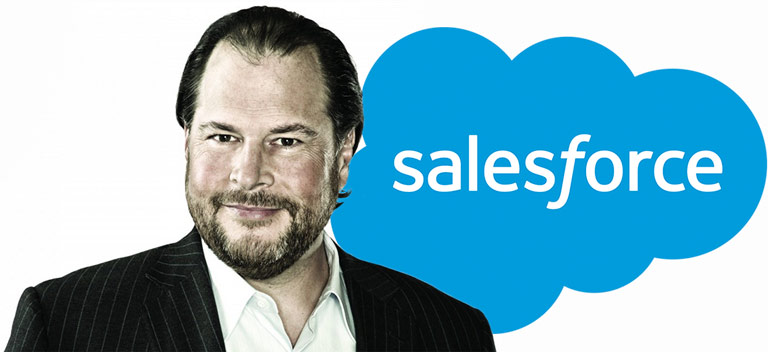
Mark founded Salesforce in March 1999 with Parker Harris, Dave Meulenhoff and Frank Dominguez. The initial idea was to specialize in the market of CRM-systems and provide access to them solely as a subscription service.
It is still unclear who the true author of the project was: he himself, Allison, or someone else from the then directors of Oracle. Mark has repeatedly stated that he never tried to ascribe to himself all the laurels of the discoverer. But once he added: "Actually, it was my idea."
Be that as it may, Larry Ellison suggested that Mark try to implement the project outside of Oracle. And in March 1999, Benioff launched the first Salesforce office - in an empty apartment directly opposite his own. He had nothing to lose. If the project failed, Mark could return to Oracle at any time. In addition, Allison also acted as a venture investor, allocating about $ 2 million to launch the company - in addition to the $ 6 million invested by Benioff himself. So, a young company started with a very high position.
Thus, the initial investors of the project were Benioff, Mark Iskaro, Larry Ellison, Halsey Minor, Magdalena Yesil, Igor Sill, and the investment company Geneva Venture Partners. A year before the dotcom crash, in March 1999, the company registered under the name Salesforce.com.
The main reasons that the company originally used to convince customers to subscribe to Salesforce.com services were: the possibility of outsourcing information technology, protection from failures and operational technical support (since all hardware resources are located in the supplier’s physical accessibility zone), a decrease in the total cost of information ownership technologies.
Salesforce.com itself provides significant savings in resources due to multi-leverage — supporting multiple application instances on a single instance of the platform software.Mark hired three young programmers who were assigned to develop the platform. The idea didn’t take them too far, but Benioff’s contacts in Silicon Valley seemed to them very attractive in terms of receiving future orders.
The task was quite simple - to write software for the sales department, which would not only be available via the Internet, but also as simple as the interface of Amazon or Yahoo .
It was much harder for the staff to understand Benioff himself, who is capable of very extravagant acts. The chef then hung around the office of the Dalai Lama's photograph, then invited his yoga trainer to meetings, then he came to important events in Hawaiian shirts, and he trusted his girlfriend to conduct interviews with new employees.
Despite such a “creative” environment, by the summer of 1999, the working version of the platform was ready, and Benioff left all affairs for Oracle for a while - however, without burning bridges. Soon, Salesforce.com got its first hired CEO - a former Oracle employee John Dillon.
Crucial moment
But soon, the interest in the new market was suddenly inflamed by the corporate alma mater - Oracle. The software giant launched a similar product. Benioff was outraged and stopped talking to Ellison, forcing the latter to leave the Salesforce board of directors. And after some time, conflicts began between Benioff and Dillon, who also left the project - transferring all the reins to Mark. Observers began to doubt the success of the case. The extravagant methods of Benioff were not liked by many, especially in view of the fact that healthy conservatism in the B2B sector is often valued much higher.
Meanwhile, Benioff continued to amaze the public. He did not just explain to clients that his services were profitable and of high quality, but he also mastered the role of a technological prophet, repeating everywhere his own formula about the “end of software” (of course, the traditional one - also called “proprietary”). But most importantly, Benioff publicly declared that he would “put an end to Microsoft.”
Of course, Microsoft exists to this day, but after three years the company's revenue exceeded $ 50 million, the number of customers exceeded six thousand, and in 2004 Salesforce successfully entered the IPO.
Salesforce: our days
In the current time frame, Salesforce.com provides services and products that are translated into fifteen world languages, 43,600 customers and have more than 1,000,000 subscribers.
Under the name Force.com, the company provides PaaS-platform for self-development of applications, and under the brand Database.com - the cloud database management system. In addition, the company has two internal projects - Sales Cloud and Service Cloud.
The functional part of the CRM system to support the sales process is highlighted by the company into a product called Sales Cloud. The sales specialists of the company-subscriber, with the help of Sales Cloud, keep data on potential customers, interact with them, invoice them, interact with other sales professionals, conduct marketing campaigns, analyze and segment the customer base.
Service Cloud is a functional part of CRM to provide customer service and support processes. The system allows subscriber companies to build a self-service and customer support site, support specialists get the opportunity to interact with customers, maintain knowledge bases (Salesoforce.com uses the term knowledge as a service for this functionality), subscriber company managers get tools to analyze the effectiveness of service processes
Force.com is a software platform on which Sales Cloud and Service Cloud are developed, provided to subscribers for self-development of applications and extensions for the Salesforce.com CRM system. For users to develop, they use their own Java-like Apex language and their own Visualforce design tool with an XML-based output format that generates custom HTML / AJAX and Flex interfaces. The platform is provided exclusively by subscription, within the framework of the PaaS concept.
Under the brand and the corresponding domain name Database.com since 2011, the company offers subscribers a cloud database management system, which is also the Force.com data processing layer of the platform. In this case, customers can use the database deployed on this service, and as a data layer for applications on the Force.com platform, as well as entirely for third-party applications.
Salesforce.com claims the elasticity of data processing by means of DBMS in the sense that in the event of an unexpected increase in the load on the database, it will immediately be provided with the necessary computing resources.
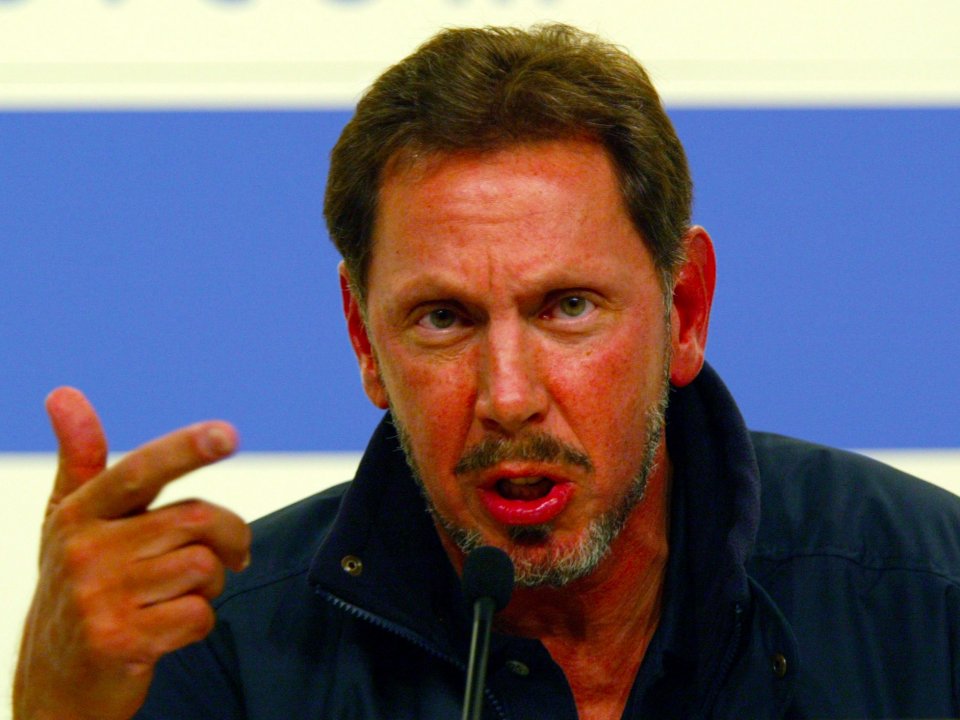
In 2009, the founder and head of Oracle, Larry Ellison (the first Salesforce.com investor, who provided Benioff with $ 2 million of his own funds) ironically spoke of the innovativeness of Salesforce.com solutions and the company's cloud-based rhetoric. He said that their technological stack is fully built on completely traditional solutions - Oracle Database and Oracle Fusion Middleware.
Rescue Cisco
On August 2, 2012, Cisco announced that Marc Benioff joined the board of directors of the company. Cisco believes that joining the Benioff team is in good agreement with the new development strategy, which includes a focus on providing cloud services.
As part of this strategy, the head of the company, John Chambers, has been pursuing a policy of “shaking up” and rotating top management over the past year. In 2012, the company announced its intention to reduce 2% of the staff (about 1,300 jobs).
John Chambers hopes that Mark Benioff will be useful to Cisco with his ideas in the field of cloud computing and social projects.
Charity
In 2000, Marc Benioff founded the Salesforce philanthropic foundation, through which he provides substantial support to many companies and organizations.
In 2014, Mark launched a campaign called SF Gives, which challenged technology companies and urged them to raise $ 10 million in 60 days to implement non-profit programs in San Francisco.
Benioff also called on other corporations to follow his 1/1/1 model, according to which the company should donate 1 percent of its capital, 1 percent of its resources, and 1 percent of its employees' time to charity.
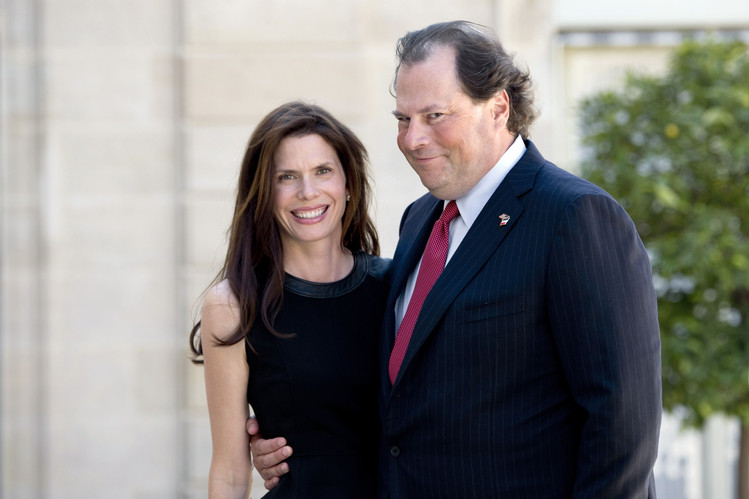
Moreover, he and his wife Lynn personally donated $ 200 million to a children's hospital at the University of California, San Francisco.
Hobby
Mark Benioff writes books about business.
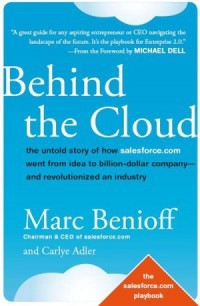
In addition, the billionaire spends a lot of time studying Eastern literature. One of his favorite books is Sun Tzu's The Art of War.

Source: https://habr.com/ru/post/301718/
All Articles